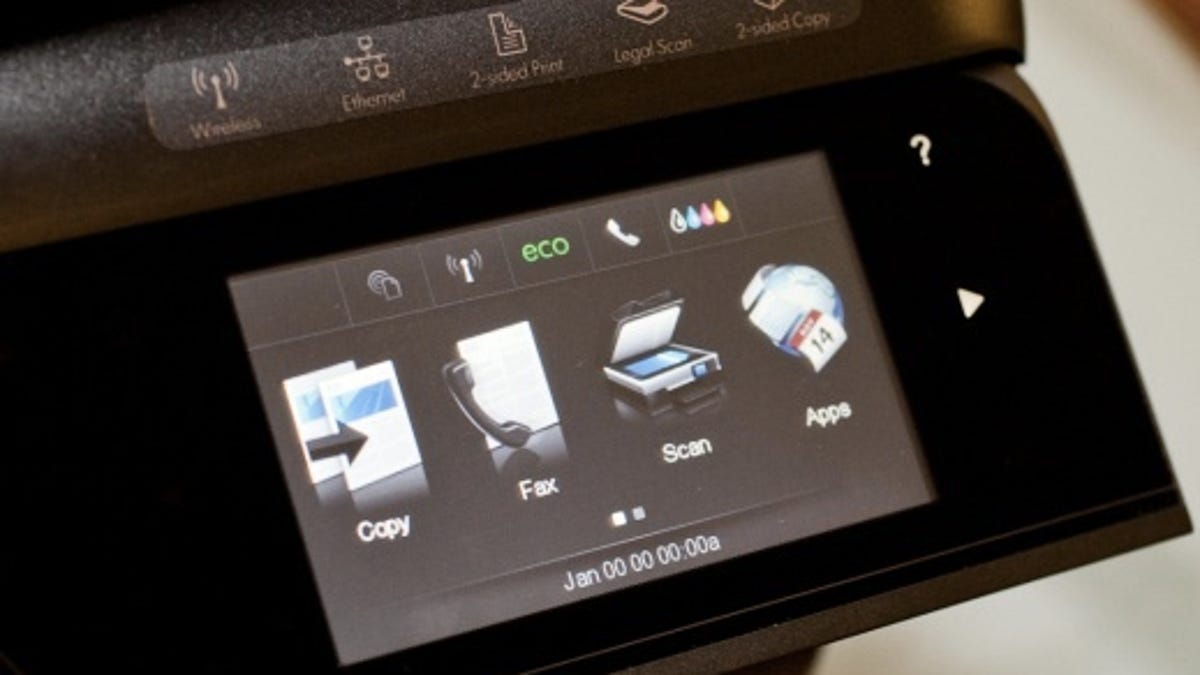Microsoft overhauls printing: Aims to ditch 'pray' part
Windows 8 promises to make the printing experience a whole lot easier. That, of course, remains to be seen.

Microsoft hopes to alleviate one of the oldest PC afflictions known to man: finding and installing printer drivers.
Getting drivers to work properly has always been a daunting task for many. A seemingly straightforward procedure can turn ugly in an instant.
And while driver installation has generally gotten better with each iteration of Windows, printer manufacturers always seem to find a way to gum up the works.
Enter Windows 8. In a blog post today titled Simplifying Printing in Windows 8, Microsoft said it is "reimagining" the print system for Windows 8.
All of that reimagining is incorporated into a new printer driver architecture called version 4, or v4. (Hint: v3 was the architecture used from Windows 2000 to Windows 7.)
"The v4 architecture produces smaller, faster printer drivers, and it supports the idea of a print class driver framework -- a system that allows people to install their printers without having to locate a driver for that device, in many cases," Microsoft said.
Here's one immediate practical application. If you have an existing driver that is working just fine then it "should still work in Windows 8," according to Microsoft.
Changes are also being made to the "configuration UI" or user interface. In the old printer driver model, the configuration UI was built into the driver.
Now, the UI is an app that is invoked for Metro or desktop apps, i.e., a desktop printer UI when you're printing from desktop apps and Metro UI when you're printing from Metro apps.
Other Windows 8 printing highlights:
- Windows RT necessitates more streamlining: The older V3 printer driver architecture had evolved "into a model that encouraged the development of large, complex printer drivers." (In fact, some older drivers that support only one device are larger than the complete printer driver set in Windows 8, according to Microsoft.) And some printer services run all the time, exhausting battery power and using processor time. This is not suitable for the more minimalist Windows NT, which runs on power-consumption sensitive devices.
- Ending the "brute force" approach: To cover as many printers as possible on the market, Microsoft basically took a brute-force approach to solving this in the past. "We have representatives from the major printer manufacturers working directly with Microsoft, sitting in offices in Redmond, working to check their source code into Windows. They would create a completely new set of in-box drivers for each new release of Windows. This just isn't very efficient," Microsoft said.
- Print class driver framework: In Windows 8, Microsoft takes a "radically different" approach. It has stopped shipping lots of printer drivers with Windows. Instead, they built a print class driver framework. "This framework is extensible, as it supports printing to existing devices, but it also allows manufacturers to include support for new devices, even those that have not yet been designed."
- Rendering: or converting content into something that the printer can understand. The printer driver model in Windows 8 supports the idea that a page description language PDL or driver can be associated with multiple devices.
It all sounds great, but we won't know if it's still plug-and-pray until freshly-minted Windows 8 users try to get that old printer to work on Windows 8. Keep your fingers crossed.

